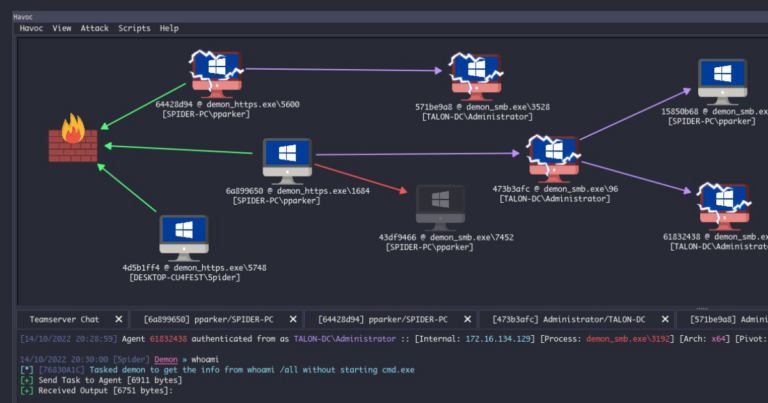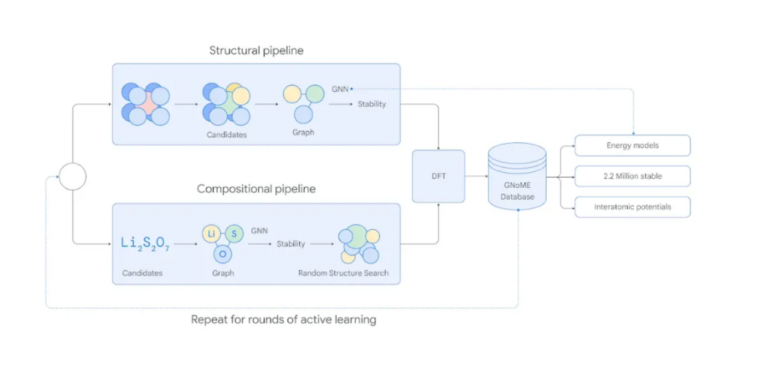Are you just beginning your journey as a web developer and hunting for tools to streamline your development process?
Well, you’re in luck! Here’s a rundown of the top 10 web development tools tailored for neophytes like yourself.
Top 10 web development tools
1. GitHub: A Haven for Developers
So, what’s the buzz about GitHub? Imagine a social network but for coders, where you can store your projects and nudge your reputation up a notch. It’s not just about storing code; it’s where you can manage projects and collaborate without breaking a sweat.
- Pros: GitHub Copilot is like having a coding buddy suggesting better code snippets. The code review process is a breeze, with the ability to tag team members to pull requests. And don’t get me started on Codespaces – it’s like your development environment on steroids.
- Cons: If you’re not chummy with command lines, you might hit a snag. Plus, the paid plans? They can be a bit steep.
2. Chrome Developer Tools
Ever wonder how the pros tweak websites on the fly? They’re probably using Chrome Developer Tools. It’s right there in your browser, packing a punch with features to inspect code, play with styles, and squash those pesky bugs.
- Pros: The Lighthouse audit is a gem – it grades your site on various fronts, from performance to SEO. Plus, the Console utility is like having a backstage pass to JavaScript’s inner workings.
- Cons: It can be daunting for rookies, and if you’re looking to craft code from scratch, this isn’t your go-to tool.
3. Sublime Text: Making Code Look Good
Sublime Text is that slick, speedy editor every beginner wishes they met sooner. It’s all about making your code editing smooth and looking sharp with minimal fuss.
- Pros: ‘Goto Anything’ is a time-saver, and multiple selections mean you can change multiple bits of your code in a single swoop.
- Cons: But here’s the rub – indexing can be sluggish, and those nagging pop-ups to purchase a license can be a real mood killer.
4. Marvel: From Idea to Prototype Faster Than a Speeding Bullet
Marvel is your trusty sidekick when it comes to prototyping. It’s not just quick; it’s intuitive, making it a dream for those starting out and wanting to see their ideas come to life without a hitch.
- Pros: Developer handoff is slick, giving you the code snippets you need without breaking a sweat.
- Cons: No internet, no Marvel. And if you’re itching to create snazzy animations, Marvel might leave you wanting more.

5. Visual Studio Code: The Little Editor That Could
Visual Studio Code is like the little engine that could, chugging along with a myriad of languages and a buffet of extensions to personalize your coding experience.
- Pros: IntelliSense is like a crystal ball, predicting code snippets as you type. And Git integration means version control is a few clicks away.
- Cons: It can be a memory hog, though, and sometimes plugins can throw a spanner in the works.
6. Node Package Manager (npm): Your Code’s Spice Rack
npm is like the spice rack of your coding kitchen, packed with packages to add flavor to your project without reinventing the wheel.
- Pros: The CLI is robust, and the security auditing can be a lifesaver, flagging vulnerabilities before they bite.
- Cons: But beware, the more dependencies you add, the slower your setup can become.
7. Sass: CSS with Superpowers
Sass is like CSS that’s been hitting the gym – it’s powerful, it can handle more complexity, and it makes your styling smarter.
- Pros: It’s friendly for beginners and backed by a strong community, always ready to help.
- Cons: However, compiling Sass can be a drag, especially if you’re juggling large files.
8. Bootstrap: Kickstarting Your Web Designs
Bootstrap is like the IKEA of web design – it has everything you need to build something functional and good-looking without starting from scratch.
- Pros: It’s customizable and responsive, with a grid system that’s like a cheat code for layout design.
- Cons: Yet, Bootstrap’s convenience can lead to a “samey” look across websites, and those file sizes? They can get hefty.
9. Grunt: The Taskmaster of JavaScript
Grunt takes the grunt work out of JavaScript tasks. It’s all about automation, turning those repetitive, dull tasks into a one-command wonder.
- Pros: It’s highly customizable, with a plethora of plugins to automate almost anything.
- Cons: But, updates can lag, and if you’re using older tech, compatibility issues can rear their ugly heads.
10. Ruby on Rails: Building Web Apps on Rails
Ruby on Rails is like the fast train to web application town. It’s a full-stack framework that’s all about efficiency and convention, making it a favorite for startups and e-commerce platforms.
- Pros: It boasts automated testing and a trove of libraries to extend your app’s capabilities.
- Cons: Yet, it’s not the speediest when handling more hefty projects, and it can be a bit rigid for feature-rich applications.
Frequently Asked Questions
Q: Which tool is best for absolute beginners? Sublime Text or Visual Studio Code are great starting points. They have user-friendly interfaces and helpful communities.
Q: Do I need to know how to code before using these tools? A basic understanding of coding is helpful, but tools like Bootstrap and Marvel can be used with minimal coding knowledge.
Q: Can these tools integrate with each other? Many of these tools offer integrations, such as GitHub with Visual Studio Code, to enhance your workflow.
Q: Are there free options available for these tools? Yes, most of these tools offer free versions or plans, such as GitHub and Visual Studio Code, which are free to use.
More Tools




























+ There are no comments
Add yours